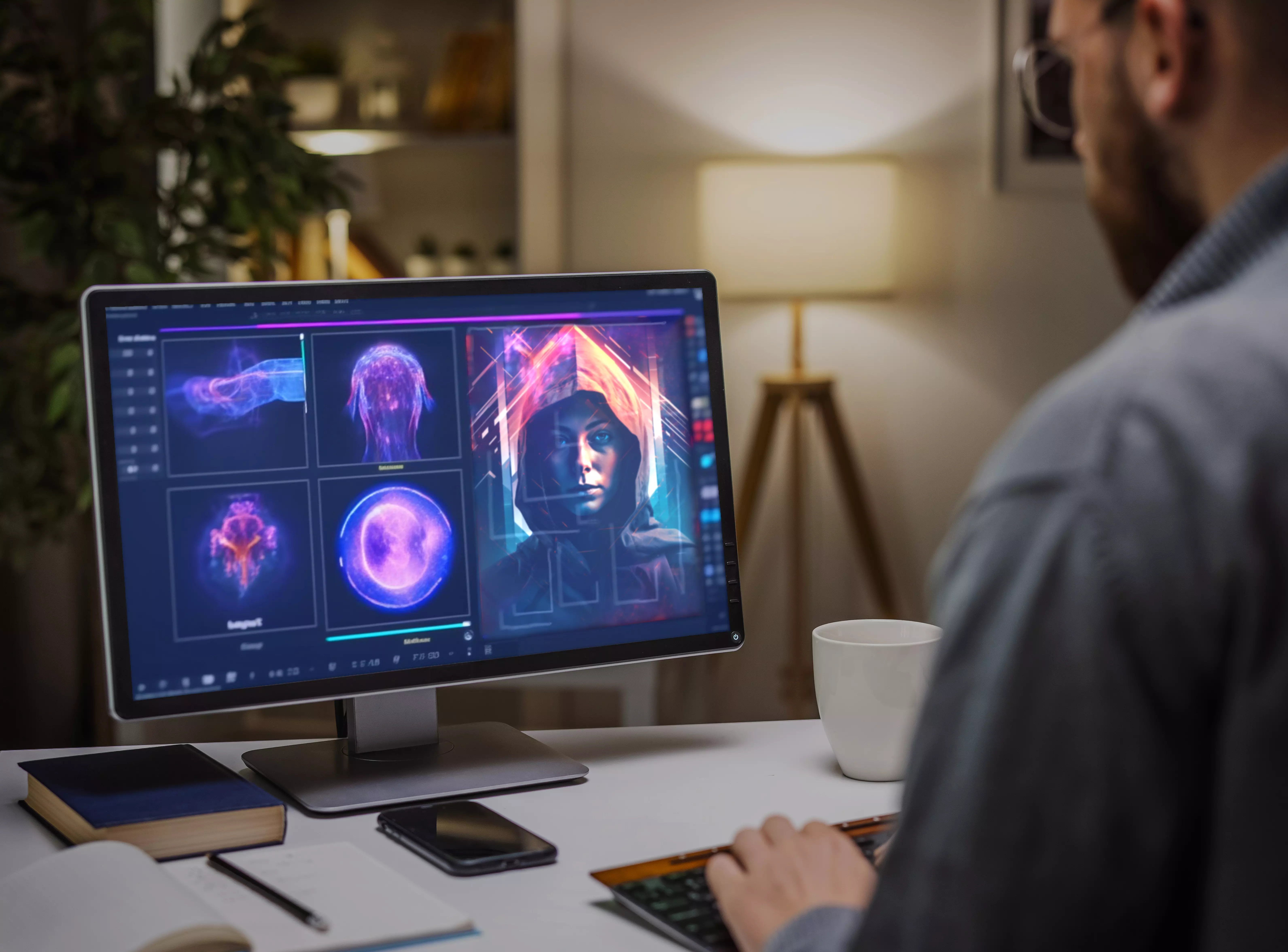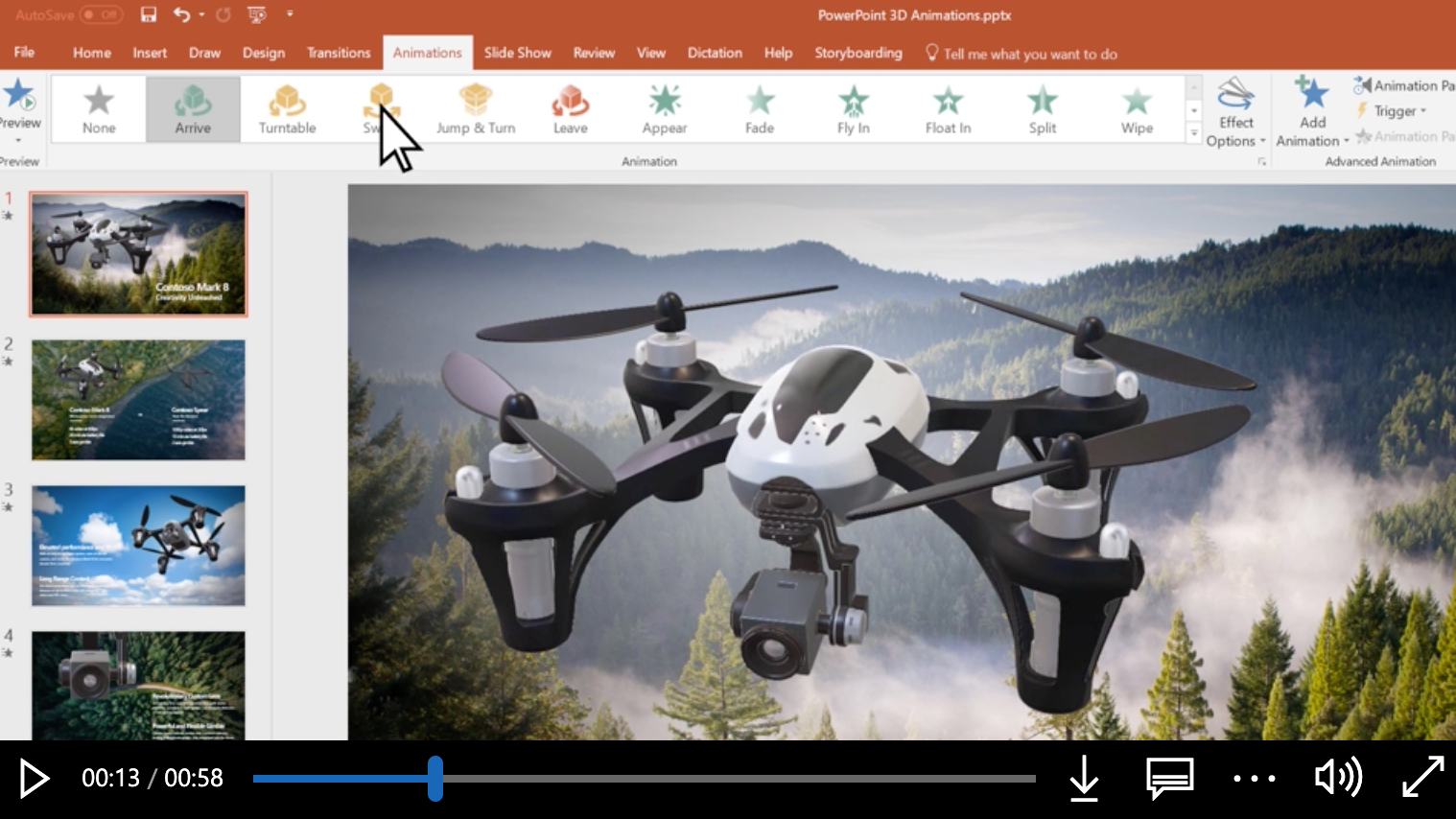
Vlad Yudkin
January 28, 2024
Unraveling the World of 3D Animations
In the ever-evolving landscape of web design and development, creativity knows no bounds. One of the most captivating and immersive advancements in this realm is the integration of 3D animations. These dynamic visual elements have transformed the way we perceive and interact with digital content. In this blog post, we will explore what 3D animations are, how they are used in web design and development, and the fascinating process behind their creation.

What are 3D Animations?
At its core, 3D animation refers to the process of creating moving images in a three-dimensional digital environment. Unlike traditional 2D animations, where objects appear flat, 3D animations possess depth, allowing for a more lifelike and realistic experience. These animations are crafted using specialized software that manipulates 3D models, textures, and lighting to produce visually engaging sequences.
6 Steps of 3D Animation Creation
Creating 3D animations is a meticulous and intricate process that involves several stages:
- Modeling. Artists begin by creating 3D models of objects or characters using dedicated software. These models serve as the foundation for the animation, defining the shape and structure of the elements.
- Texturing. Textures are applied to the 3D models to add surface details, such as colors, patterns, and reflections. This step enhances the visual appeal and realism of the animation.
- Rigging. Rigging involves adding a skeleton or a framework to the 3D models, enabling animators to manipulate them like puppets. This process is crucial for creating fluid movements and expressions in characters.
- Animation. Animators bring the 3D models to life by defining their movements and actions over time. This step requires a deep understanding of physics, anatomy, and motion principles to achieve natural and believable animations.
- Lighting and Rendering. Lighting is meticulously set up to create the desired ambiance and mood within the animation. Once the scene is appropriately lit, the animation is rendered, generating the final frames that make up the animated sequence.
- Post-Production. After rendering, post-production techniques like color grading, special effects, and sound integration are applied to enhance the overall quality and impact of the animation.

How are 3D Animations Used in Web Design and Development?
3D animations can be integrated into various aspects of web design to enhance user engagement and create visually stunning online experiences. Here are some specific areas within web design where 3D animations can be effectively used:
Homepage and Hero Banners
- Usage: Creating attention-grabbing introductions.
- Benefits: Captivating users instantly, leaving a memorable first impression.
Product Demonstrations
- Usage: Showcasing products or services from multiple angles.
- Benefits: Allows users to interact and explore products virtually, enhancing the online shopping experience.
Interactive Storytelling
- Usage: Creating interactive narratives and storytelling elements.
- Benefits: Engaging users emotionally, making the content more immersive and memorable.
Data Visualization
- Usage: Representing complex data in an understandable and visually appealing manner.
- Benefits: Making statistical information more accessible and engaging, aiding in better comprehension.
Virtual Tours
- Usage: Offering virtual tours of real estate properties, museums, hotels, etc.
- Benefits: Providing an immersive experience, allowing users to explore spaces as if they were physically present.
Backgrounds and Ambient Effects
- Usage: Creating dynamic and visually appealing backgrounds.
- Benefits: Adding depth and visual interest to the website, creating a sense of realism.
User Engagement and Gamification
- Usage: Incorporating interactive 3D games or elements.
- Benefits: Increasing user engagement, and encouraging users to spend more time on the website.
Educational Content
- Usage: Visualizing educational concepts and interactive learning tools.
- Benefits: Making learning engaging and interactive, improving retention and understanding.
Loading Animations
- Usage: Using 3D animations as loading indicators.
- Benefits: Keeping users entertained during loading times, reducing perceived waiting time.
Background Videos
- Usage: Integrating 3D animations as looping background videos.
- Benefits: Creating visually appealing and dynamic backgrounds, setting the tone for the website.
Call to Action (CTAs) and Microinteractions
- Usage: Using 3D animations to highlight CTAs and microinteractions.
- Benefits: Drawing attention to important elements, and guiding users to desired actions.
Page Transitions
- Usage: Implementing 3D animations for seamless page transitions.
- Benefits: Enhancing the overall user experience, providing a smooth and visually pleasing navigation flow.
When used thoughtfully and strategically, 3D animations can significantly enhance the visual appeal, interactivity, and user engagement of a website, making it more memorable and compelling for visitors.
In conclusion, 3D animations are a testament to human creativity and technological innovation. As they continue to shape the digital landscape, the boundaries of what can be achieved in web design and development are constantly expanding. Embracing these cutting-edge techniques not only enhances user experiences but also elevates the artistry and impact of online content, paving the way for a more visually stunning and immersive internet. Our agency can create fascinating 2D and 3D animations. Contact us for more information.
Sources:
How to effectively implement 3D animation on a website
3D Animation – Everything You Need To Know
What Is 3D Animation? Types, Processes, and Uses





